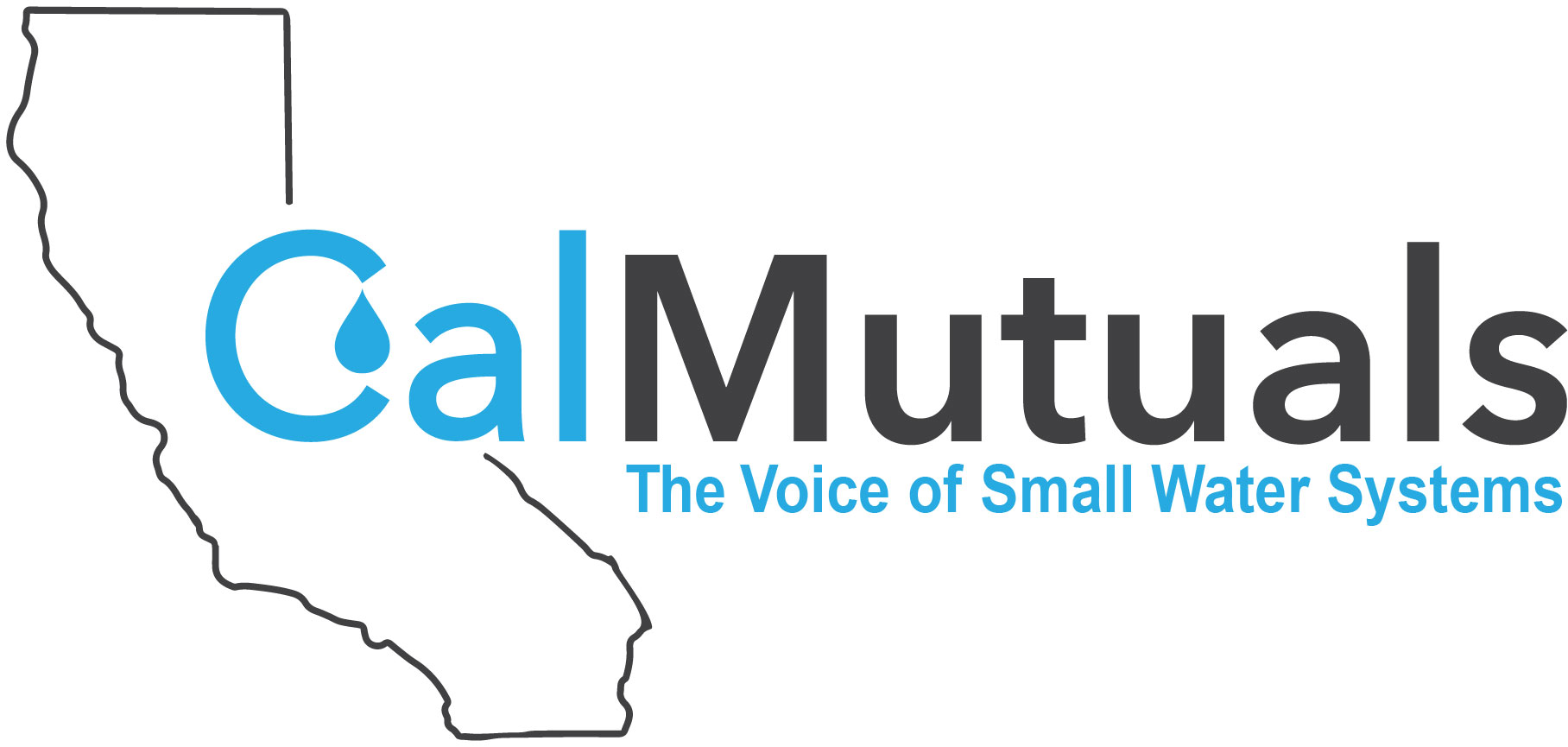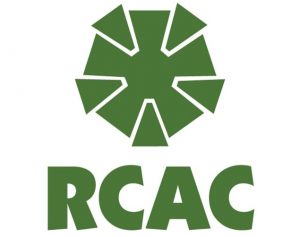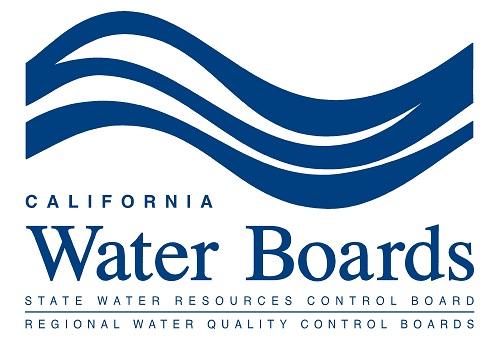Webinar | Consumer Confidence Reporting Compliance
Webinar OnlyThis course Consumer Confidence Reporting Compliance is offered two times on the same day, attendees ONLY need to register once to take this course. Informing your customers annually about the sources and quality of your water became a state and federal mandate with the 1996 SDWA amendments. California regulations were updated in 2012 to allow for electronic delivery of Consumer Confidence Reports (CCRs). The exact format and language required for a CCR can be confusing to those creating the report, and to customers trying to understand it. This workshop will guide you through the process of producing a proper CCR for your water system for calendar year 2020. You will learn how to access the resources available on the DDW website, the information that must be included, and the various delivery options. Participants will learn: Where to find and download California specific CCR template and guides The required language Important dates/deadlines The methods of distribution Public relations information


